A foul stench hits us as we enter the dank tunnel.
Could the gag-inducing, rotting smell emanate from something dead?
It doesn’t help when my companion, photographer Steve MacDougall, suggests this would be a great place to hide a body, Thanks, mate!
Navigating a stagnant pool at the entrance, we hold our noses, switch on our torches, and head on in.
My heart, certainly, is racing. I’m not scared of the dark, but I guess the idea of going deep into a pitch black tunnel conjures up all sorts of irrational fears.
These abandoned railway tunnels, nine miles south of Perth at Glenfarg, scream horror film territory.
The two tunnels, which are 500m long each, opened in 1890, as part of the Glenfarg Line.
This was built to provide a direct rail link from Edinburgh to Perth, and also boasted two viaducts.
The Glenfarg stretch was on a notoriously steep gradient.
Both tunnels are lined with concrete, thought to be cutting-edge at the time, and in some parts there’s a mix of brick and stone.
After the line was closed in 1970 – to make way for the M90 – the tunnels fell into disuse.
Where the M90 goes up and over the hill past Glenfarg village, the railway took a more direct route through the hill – and this section, which includes the two tunnels, is still accessible.
Is it safe to enter Glenfarg railway tunnels?
A target for graffiti-artists, arsonists (there’s a burnt-out car in one tunnel), and secret booze-swillers, they’re probably best avoided by those who fear bats, suffer from claustrophobia, or have vivid imaginations.
So, with Steve leading the way, we go deeper into the heart of the south tunnel, pausing near the mouth to take photos and videos.
A few metres in and there’s whoosh of air – a bat, seemingly a huge one, comes flying towards us, and dips and dives as if furious at being disturbed.
Is there a massive colony roosting in here somewhere? Will they come out, Hitchcock-style, to bite us? Let’s hope not…
The south tunnel curves substantially and becomes pitch black in the middle.
Does the light play tricks on you?
As we’re exploring, we become aware of a light coming from the other end. It appears to be slowly getting brighter.
Is there someone coming? And who the heck would it be? A mad axe murderer? A fellow explorer?
Bizarrely, this “spectre” appears to be a trick of light – it’s simply daylight appearing from the other end of the tunnel. Phew.
Along the route, we spot a fair bit of graffiti, some of it quite poetic and philosophical.
We also see original features, including inspection holes, beautiful stonework and some blackened railway sleepers.
Then there’s the aforementioned burnt-out car, which lies rusting at one end of the south tunnel.
Emerging from the south tunnel
It’s a relief to emerge from the dreich, dank tunnel into the light and onto an impressive stone viaduct over the River Farg and its glen.
While it’s tempting to carry on walking, Steve has somewhere to be, so we head back together.
We’d parked at the Bein Inn Hotel, which stands on the junction of the A912 and the B996, having bought coffee and asked permission to leave our cars there.
With Steve away, I deliberate exploring the second tunnel. Am I brave enough?
I decide that yes, I am.
Is it worth checking out the north tunnel?
After marching back along the busy road – there’s no verge or pavement and there are blind bends so great care is needed – I head for the north tunnel.
It’s a lovely walk – over the River Farg, a high rail bridge and into woodland – and it’s about 1km from the south tunnel.
It’s with a sense of trepidation that I enter the tunnel, and this time, I’m even more nervous.
I reason that it’s all fine, there’s nothing coming to kill me, and carry on.
I hurry on through, as quietly as possible, in a bid not to wake up anything nasty.
But I can’t shake the thought that somebody, or something, might be close at hand, ready to ambush me, rip my throat out, or whatever.
If only I hadn’t watched so many slasher and zombie films.
Beautiful views across the glen
Finally I come out into the light, and onto the remains of the old railway line, fringed by stubble fields and with lovely views across the glen.
When a path leaves the line and heads downhill, I take it, and find an old wooden shed, carved into the embankment and beside another viaduct.
It’s likely to be a platelayer’s hut – these small buildings were built at regular intervals along railways to offer shelter to track workers and to store tools and equipment.
It’s made out of sleepers and has an old chimney and remains of a fireplace.
Any accidents during construction?
Constructing the tunnels was a risky business – a series of accidents took place.
In May 1888, a skip full of spoil being hoisted out of the north tunnel broke the chain from which it was hanging at 50ft.
It fell, striking four men working below, instantly killing 45-year-old Edward McQuillan.
Later that year, in July 1888, a piece of rock fell from the roof of the north tunnel, causing scaffolding to collapse onto Hugh Cameron, who was filling a wagon below.
The 35-year-old was killed instantly.
The following year, a spark from a passing locomotive fell into a box of explosives near the mouth of the north tunnel.
The blast was so powerful that a navvy was blown back 10ft and a scaffold torn down, resulting in a man working on it suffering head injuries.
Essentially, be careful if you’re exploring – and be sure to take a good torch.
- Please ask at the Bein Inn Hotel reception for permission to park.
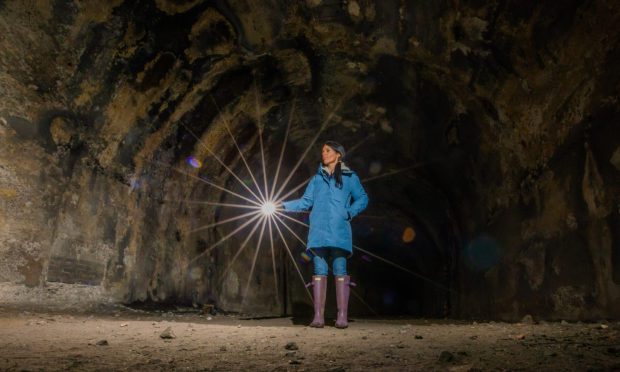
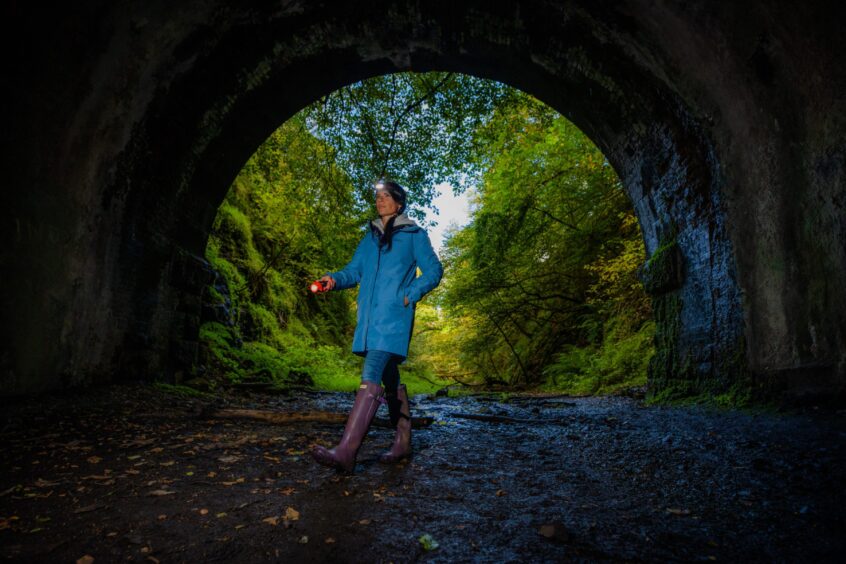
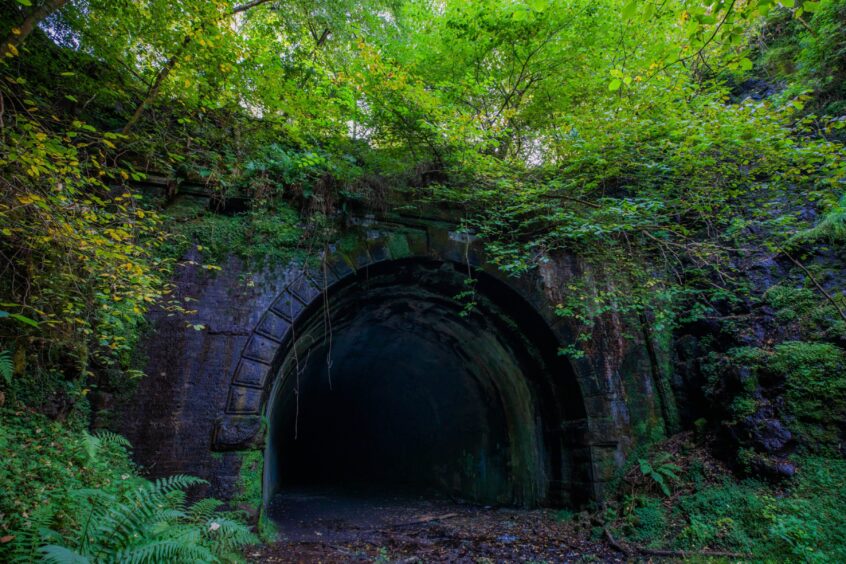

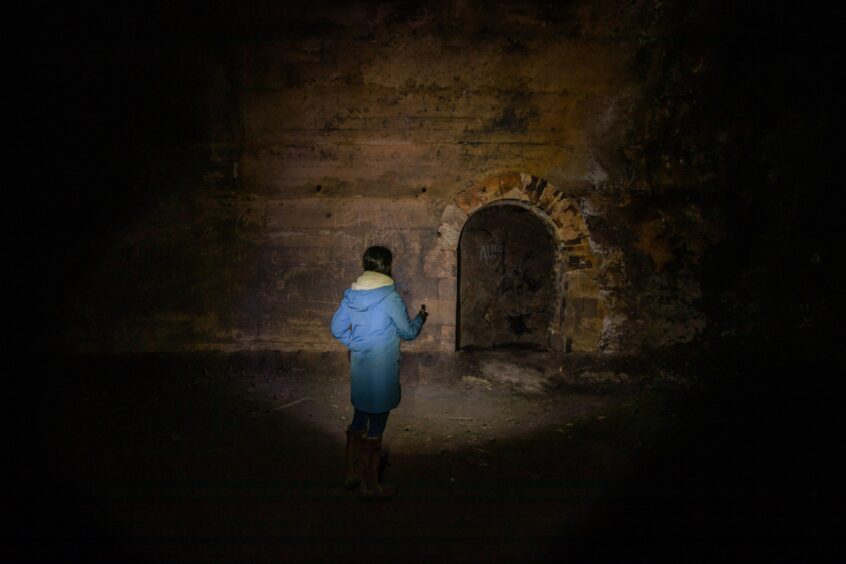
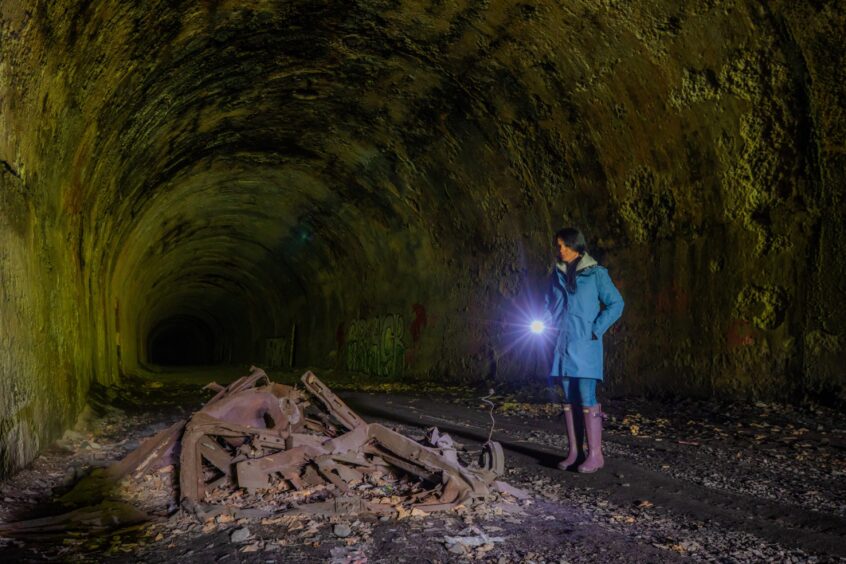
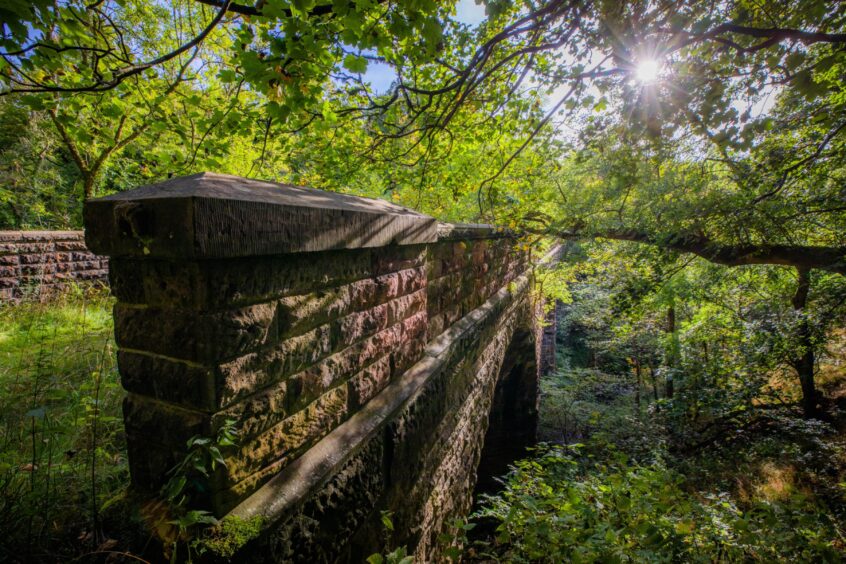
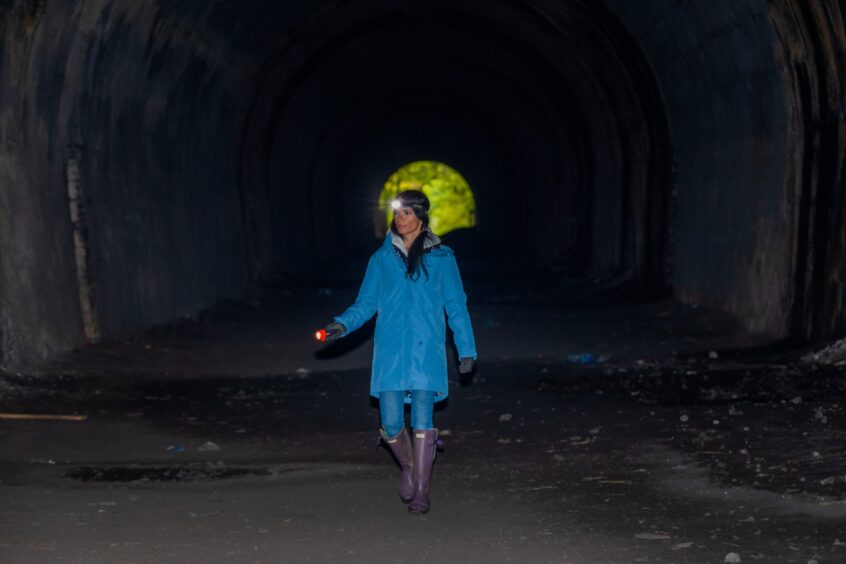
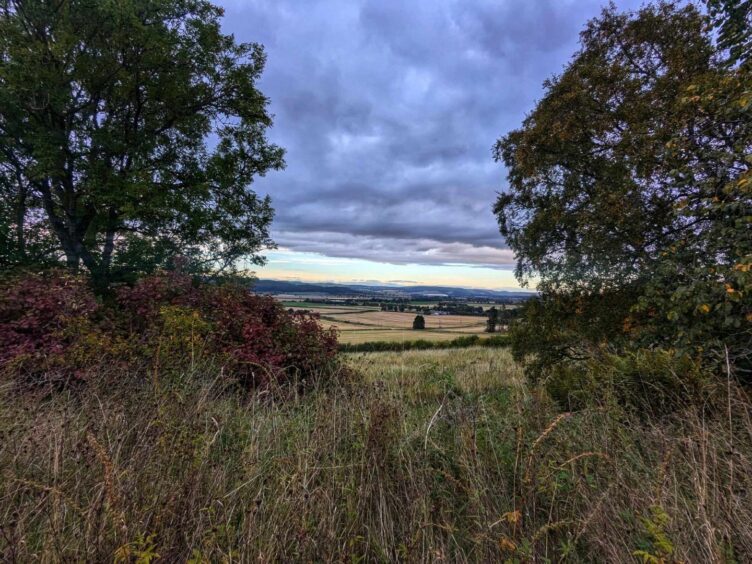
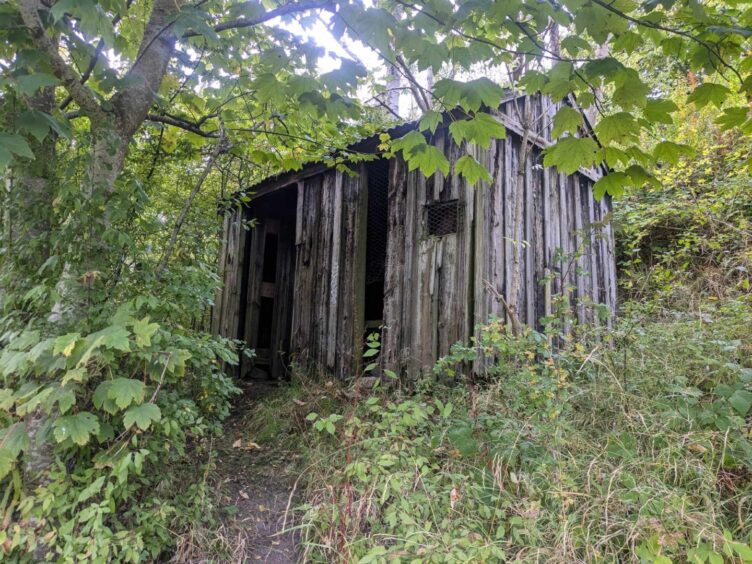
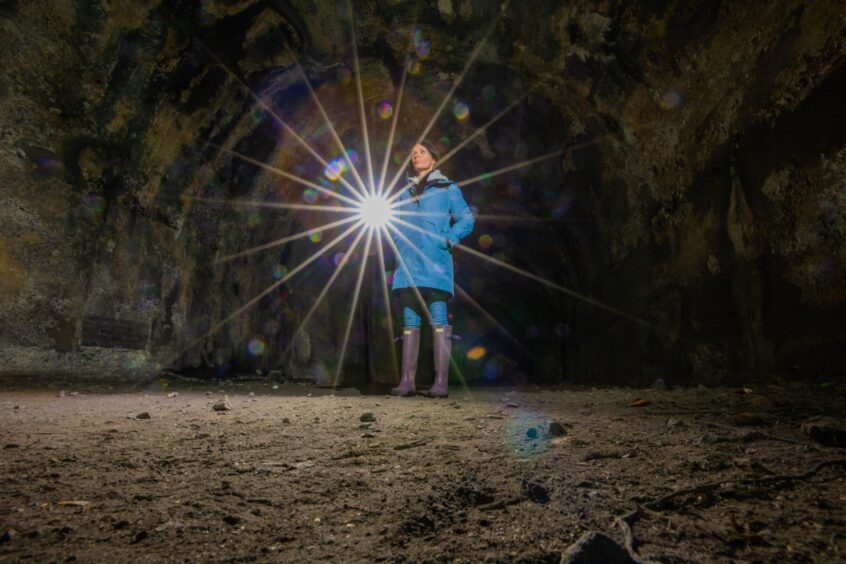


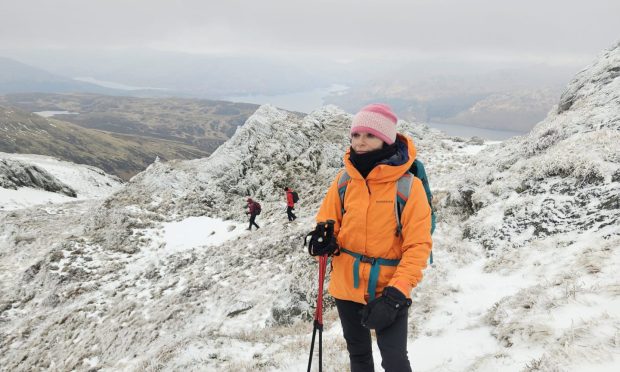
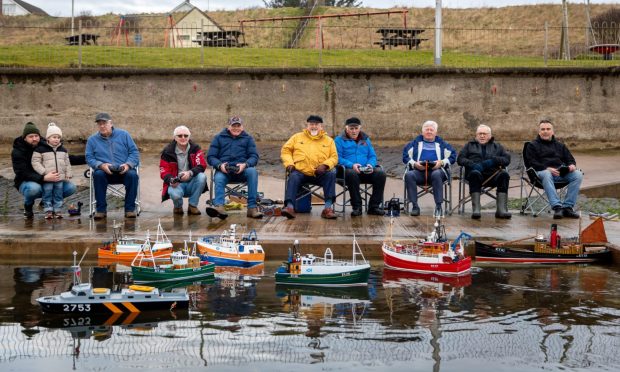

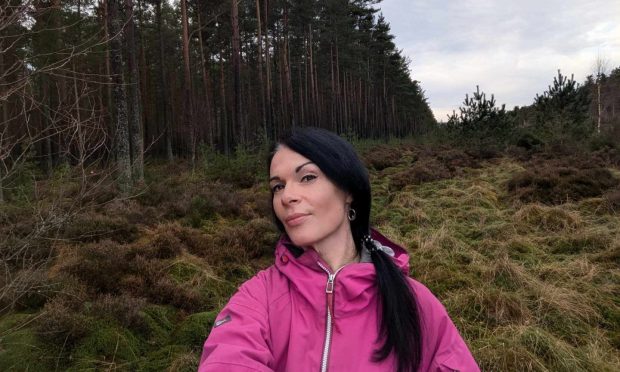
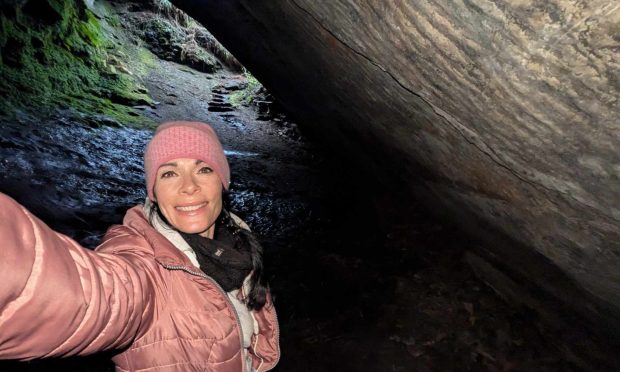
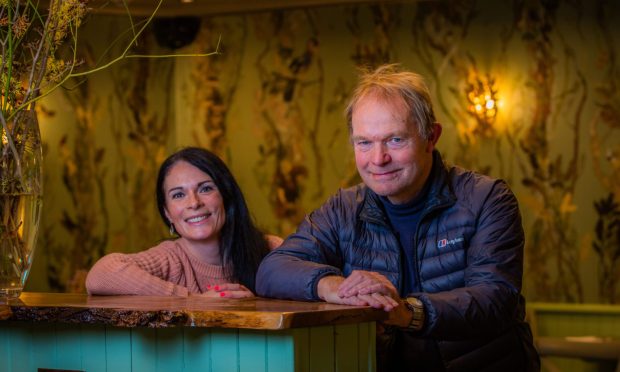
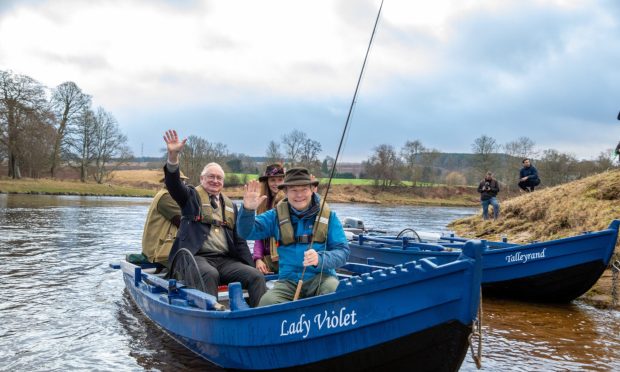

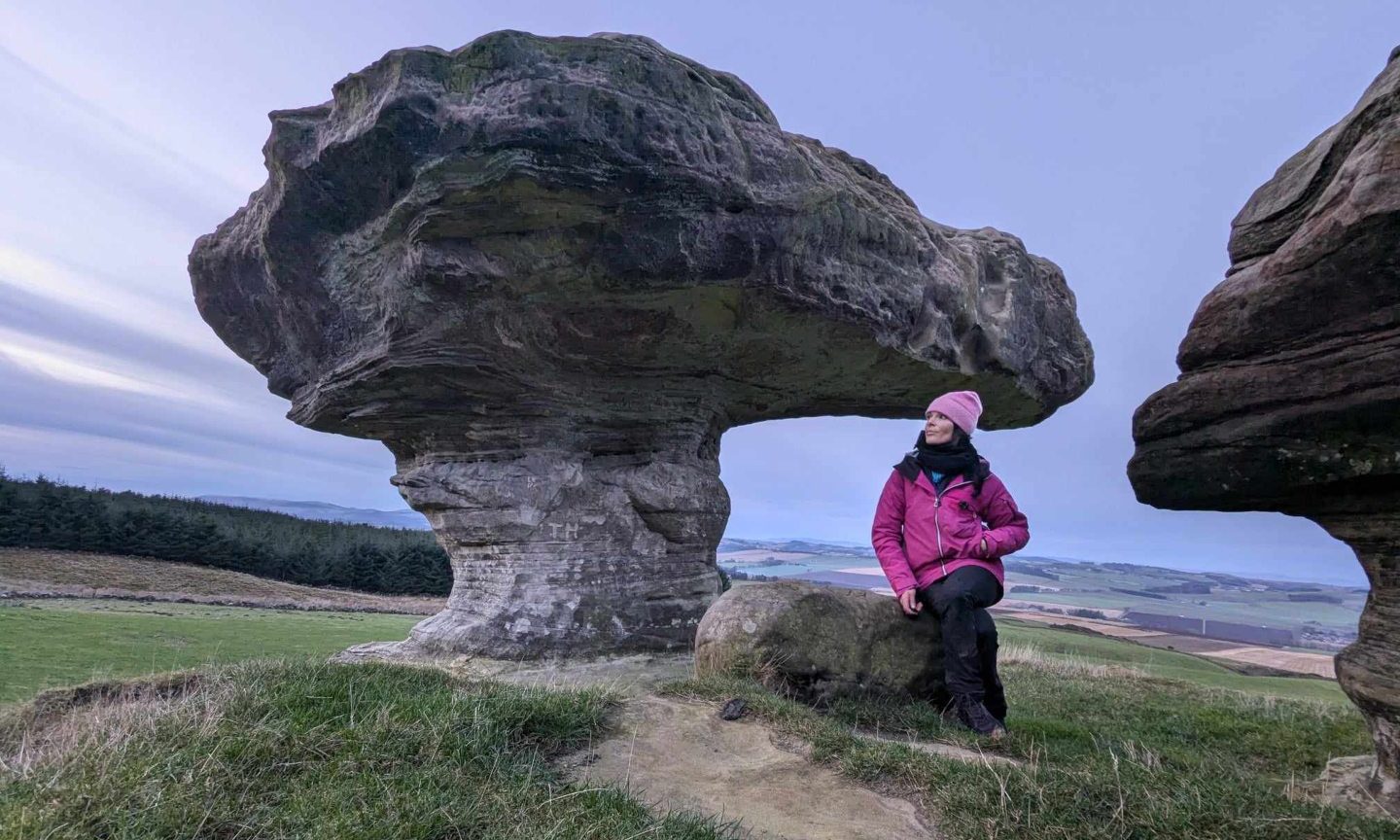

Conversation